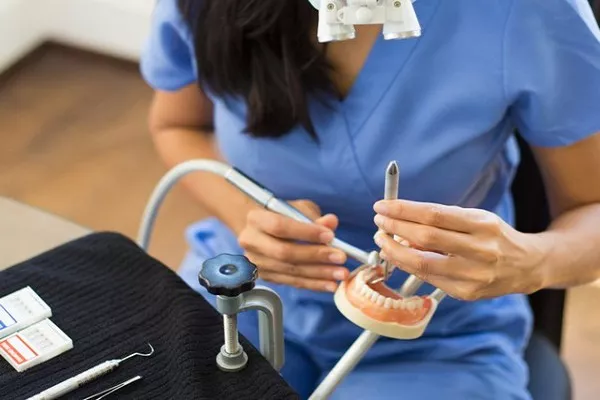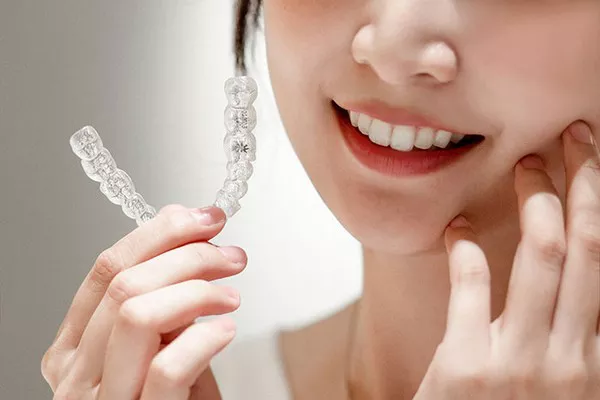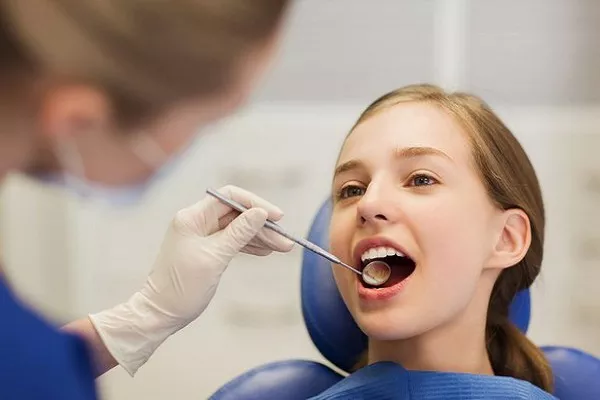Experiencing tooth sensitivity after having a dental filling can be concerning and uncomfortable. While dental fillings are designed to treat cavities and restore the integrity of teeth, some individuals may find that their tooth remains sensitive even after the procedure. In this article, we’ll delve into the potential reasons behind tooth sensitivity following a dental filling, explore common causes, and provide insights into possible solutions. Understanding the factors contributing to post-filling sensitivity can help individuals address their discomfort and maintain optimal oral health.
Understanding Dental Fillings
Dental fillings are a common procedure used to treat cavities and restore teeth affected by decay. The process involves removing the decayed portion of the tooth and filling the resulting space with a restorative material, such as amalgam, composite resin, or porcelain. Dental fillings are intended to alleviate pain and restore the tooth’s functionality, allowing patients to bite and chew comfortably.
Potential Causes of Post-Filling Sensitivity
Normal Post-Procedure Sensitivity: It’s not uncommon to experience some degree of sensitivity immediately after a dental filling. The tooth may be sensitive to temperature changes, pressure, or even air for a brief period as it adjusts to the new filling material.
Nerve Irritation: The process of removing decay and preparing the tooth for a filling can cause temporary irritation to the tooth’s nerve. This irritation can lead to sensitivity that subsides over time.
Size and Depth of the Cavity: If the cavity was large or deep, the tooth’s pulp (innermost layer) may experience trauma during the filling procedure, causing temporary sensitivity.
Filling Material: Different filling materials have varying thermal conductivity properties. Some materials may transfer temperature changes more readily, leading to temporary sensitivity.
Bite Alignment: If the filling changes the way your teeth come together (bite alignment), it can cause temporary sensitivity. Your bite may need to be adjusted to alleviate this issue.
Referred Sensation: Sometimes, it can be challenging to pinpoint the exact source of sensitivity. Sensations from adjacent teeth or gums can feel like they’re coming from the filled tooth.
Nerve Reactions: Occasionally, teeth can respond to various stimuli, including dental procedures, with prolonged sensitivity. This sensitivity might be a result of nerve reactions.
Steps to Alleviate Post-Filling Sensitivity
Give It Time: In many cases, mild sensitivity after a filling is temporary and should subside within a few days to a couple of weeks as the tooth adjusts to the new filling.
Avoid Extreme Temperatures: During the initial sensitivity phase, avoid consuming extremely hot or cold foods and drinks that can exacerbate discomfort.
Over-the-Counter Pain Relievers: Over-the-counter pain relievers such as ibuprofen can help manage discomfort while the sensitivity subsides.
Use Desensitizing Toothpaste: Specialized desensitizing toothpaste can help alleviate sensitivity over time. Consult your dentist for product recommendations.
Maintain Good Oral Hygiene: Proper oral hygiene, including regular brushing and flossing, can contribute to a healthy and comfortable recovery.
Monitor Your Bite: If your bite feels uneven or uncomfortable, consult your dentist for bite adjustment. An improper bite can cause ongoing sensitivity.
Follow Up with Your Dentist: If sensitivity persists beyond a few weeks or is severe, schedule a follow-up appointment with your dentist. They can evaluate the situation and recommend appropriate measures.
When to Seek Professional Help
While some level of sensitivity is normal after a dental filling, there are instances where seeking professional assistance is warranted:
Severe or Prolonged Sensitivity: If your sensitivity is severe, doesn’t improve over time, or worsens, consult your dentist for an evaluation.
Painful Bite: If your bite feels uneven or painful, it may require adjustment to alleviate discomfort and prevent further issues.
Signs of Infection: If you experience swelling, persistent pain, or signs of infection (such as pus), seek immediate dental attention.
Conclusion
Experiencing sensitivity after a dental filling is not uncommon and is often a normal part of the healing process. Factors such as the size of the cavity, the type of filling material used, and the tooth’s natural response to the procedure can contribute to temporary discomfort. By understanding the potential causes of post-filling sensitivity and following recommended care practices, individuals can navigate their recovery with confidence. If sensitivity persists or becomes severe, consulting a dentist ensures that any underlying issues are addressed promptly, allowing you to enjoy a pain-free and healthy smile.
Related Topics:





























